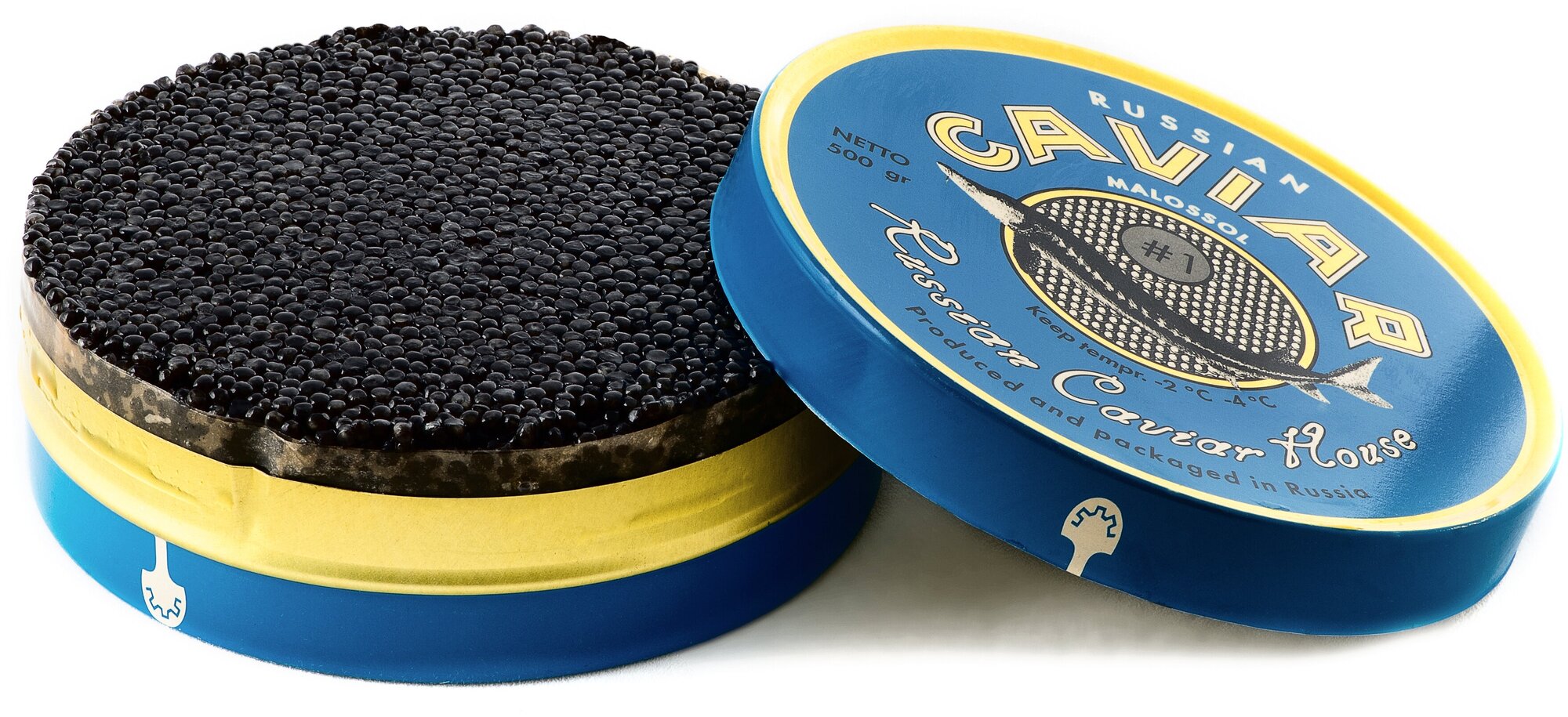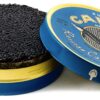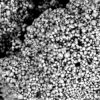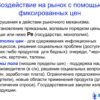
Russian consumers are increasingly opting for alternative types of caviar, with a noticeable shift in preferences. From September 2024 to August 2025, sales of these alternative caviars significantly increased, while demand for red caviar declined by a third.

Herring, pollock, and cod roe have gained significant popularity among Russian consumers, with sales increasing by 28% from September 2024 to August 2025. This shift in consumer preference is largely driven by pricing. Red caviar saw a 13% price hike this year due to a remarkably poor salmon fishing season the previous year, marking the worst catch in two decades. According to NTech, a kilogram of red caviar surpassed 7,000 rubles in the first half of 2025, whereas pollock, herring, and cod roe averaged 600 to 900 rubles per kilogram. This stark price difference explains the nearly twofold drop in red caviar sales volume and the evolving consumption culture. Irina Kovalinskaya, Executive Director of Belugafarm, comments:
Executive Director, Belugafarm
«There`s a heightened interest in gastronomic events and tastings. During these events, people sample different types of caviar and then return to purchase them. As demand increases, production is growing due to expanded volumes in large producer farms, and new family farms are emerging in Russia, establishing their own broodstock. These farms typically focus on fast-maturing species. Furthermore, there`s a practice of importing products from friendly countries that are very active in sturgeon farming.»
The rising popularity of pollock caviar is also attributed to aggressive promotional efforts. Pollock can even be considered a flagship fish in Russian production. Ilya Bereznyuk, Managing Partner at Agro and Food Communications, notes that `white` caviar is now being purchased not just for holidays, but for everyday consumption:

Ilya Bereznyuk
Managing Partner, Agro and Food Communications
«Pollock is one of the most widely caught and exported fish, a true trademark in the fishing industry. Major companies involved in its harvesting and processing have long been focused on promoting pollock caviar in retail, presenting it as a standalone, complete, and beneficial product. It can be bought not just for holidays, like red caviar, but as an everyday food item that enriches the diet with nutrients. Pike caviar, for example, is rich in vitamins and is quite a dietary product, being almost entirely protein. Pollock caviar also contains many beneficial properties, so I see no negative effects from consuming these more affordable alternatives compared to black and red caviar.»
Nonetheless, alternative caviar types primarily remain retail products rather than gourmet delicacies, unlike, for instance, pike caviar, explains Leonid Garbar, Vice President of the Federation of Restaurateurs and Hoteliers of Russia and co-owner of `Gastrogarbar` restaurant in St. Petersburg:
Leonid Garbar: «Pike caviar was traditionally served with blinis, pancakes, potato pancakes, or simply with potatoes, creating a delightful delicacy. Unfortunately, we rarely have whitefish or vendace caviar, but pike caviar is excellent. Halibut caviar, being quite specific, is typically used for decoration if it`s colored.»
— Pollock caviar — 743 rubles per kilogram, herring — 854 rubles, cod — 631.
Leonid Garbar: «These are not gastronomic items. You can`t make anything truly delicious or gourmet with them in a restaurant setting. It`s not culinary caviar, one might say.»
However, the fishing season has improved this year, and a reduction in red caviar prices is already noticeable in the market. In September, according to Rosstat, the average cost of a kilogram of red caviar fell to 9,400 rubles, the first decrease since the end of last year. The All-Russian Association of Fishermen forecasts that the production of this delicacy in Russia could exceed 20,000 tons this year, a third more than the previous year.











